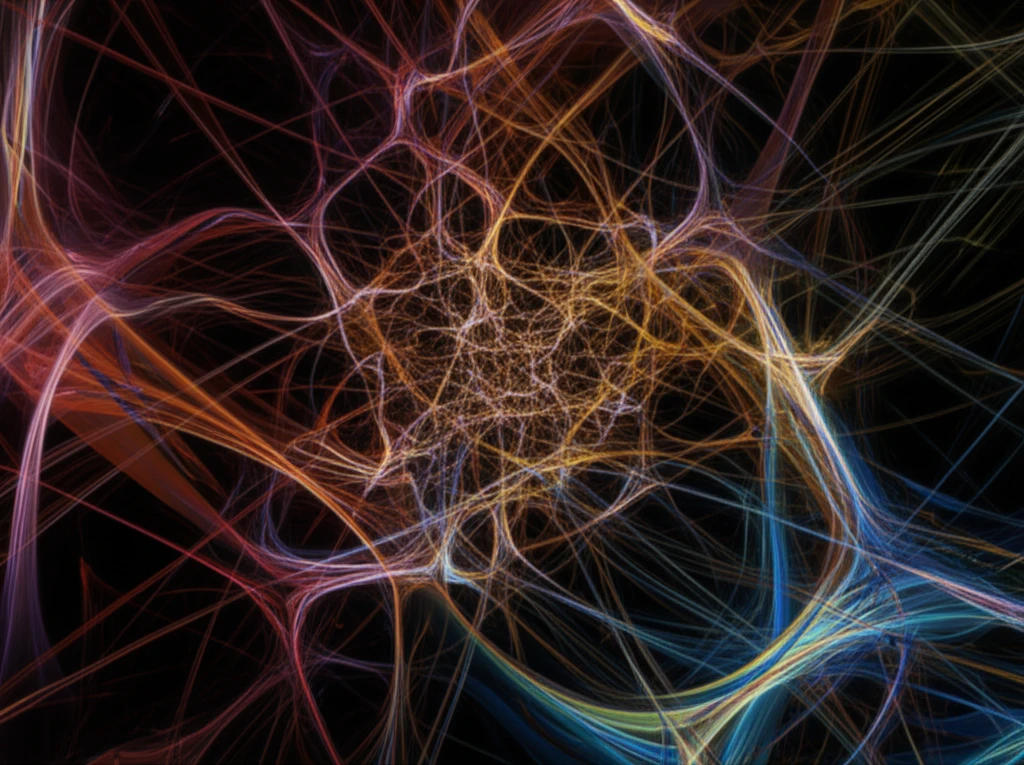
Unlocking Memory: How Feature Binding Impacts Learning and Recall
"Explore the fascinating relationship between short-term memory, long-term learning, and how our brains bind visual features for better understanding and retention."
In our daily lives, we're constantly bombarded with visual information. Some of this information, like the features that define objects, helps us recognize things quickly. Other information is fleeting, only needed for immediate tasks. But how does our brain decide what to keep and what to discard? The process of 'feature binding' – how our brains link together different aspects of a visual experience – plays a crucial role.
Think about driving. You're constantly processing the position of other cars, the color of traffic lights, and the movements of pedestrians. This requires your brain to temporarily hold and update information. Scientists have long believed that a 'visual short-term memory' system is responsible for this. Some researchers even suggest a separate 'visual cache' – a kind of temporary storage space for visual information.
But here's where it gets interesting: how does this short-term retention of visual features connect to long-term learning? Is short-term memory simply a stepping stone, or does it actively shape what we remember for the long haul? This article explores the relationship between these processes and reveals how understanding them can lead to better learning strategies.
What is Feature Binding and Why Does It Matter for Memory?

Feature binding is the brain's way of linking together different elements of a single experience. Imagine seeing a red apple. Your brain doesn't just register 'red' and 'apple' separately; it binds those features together into a cohesive representation. This binding process is essential for creating a complete and meaningful memory.
- Visual Short-Term Memory (VSTM): This refers to our capacity to hold visual information in mind for a brief period, with limited capacity.
- The Debate: The central question is whether VSTM uses individual features temporarily activated from long-term memory or integrated bound objects.
- Visual Cache: A limited capacity, domain-specific temporary store for visual codes within visual working memory.
Boosting Your Memory Through Feature Binding
The relationship between feature binding, short-term memory, and long-term learning is complex, but understanding it offers exciting possibilities for improving memory and cognitive function. By consciously engaging in activities that strengthen feature binding, such as visualization exercises or memory reconstruction techniques, you can harness the power of your brain's natural processes. Embrace these strategies and unlock your memory's full potential.
